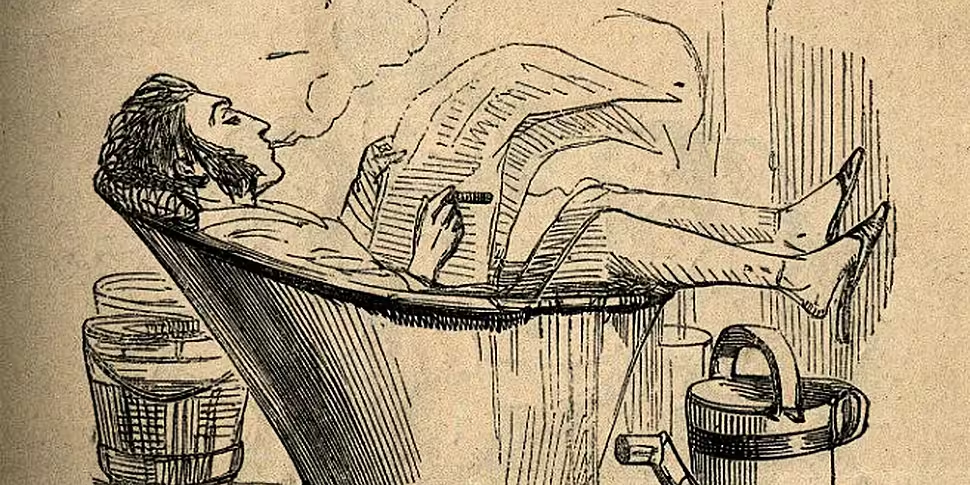Peacekeeping has never been an easy undertaking. Deployed far from home these soldiers, policemen, and civil servants operate under incredibly strict restrictions designed to preserve the forces impartiality and effectiveness. Yet these very restrictions have seen UN missions criticised as ineffective and unable to act.
This criticism was sharpest in the wake of the Rwandan genocide and Srebrenica massacre, when the UN forces were unable to act while human atrocities were being committed. Why are UN peacekeepers so hampered in their actions? And what is the point of such forces?
The roots of UN peacekeeping
The formation of the United Nations offered those powers who had promised an end to global violence in 1918 another bite of the cherry. The first incarnation, Woodrow Wilson’s grand League of Nations, became an abject failure when, lacking US backing or any tangible power, it proved to be a paper tiger against Italian and German aggression.
Learning from the mistakes made by the League, World War Two’s Allies looked to ensure their new United Nations would be able to act with consequence on the world stage. Economics would be the UN’s main weapon, using investment and sanctions as carrots and sticks to promote peace and discourage violence and human rights abuses. Without the ability to put boots on the ground though the UN would remain as toothless as the League that came before. To this end the Security Council was formed with the aim of preserving international peace and, importantly, was given the power to use military force to do so.
But what exactly the military force of a cooperative international body would look like was quite unclear in 1945.
The first peacekeeping missions
While the League of Nations had deployed a force to the Saar Basin in 1935, this was a relatively minor mission and provided few learning experiences. The same could not be said for the UN’s first official excursion into the peacekeeping experiment when it sent a force to monitor the truce between Israel and the surrounding Arab territories in 1948.
Dubbed the United Nations Truce Supervision Organization (UNTSO), this force was designed to preserve peace in the region and support UN Resolution 181, which partitioned Palestine into two independent states with Jerusalem remaining under international control. While its mission has adapted to changes in the region, UNTSO has remained in operation since the 29th of May, 1948. As the UN’s first, and longest, peacekeeping mission UNTSO has proved a fertile learning ground for policy makers, most notably on the limitations of such endeavours. Unable to act as an aggressive force or push their own political ends, UNTSO has had to watch various UN resolutions fall to the wayside in the face of conflict and local political opposition.
Yet UN peacekeeping could have developed in a wholly different way had it not been for the intervention of two men: Dag Hammarskjöld and Lester B Pearson.
The Korean War
In 1945 Japanese rule in Korea ended with Allied victory in the Second World War. Much like Germany, the Korean peninsula was divided into zones that would be administered by the western Allies, this time just the US, and the Soviet Union, with the 38th parallel acting as the demarcation between the two.
Though the original plan sought to peacefully unify the peninsula, the onset of the Cold War made this all but impossible as each half of Korea allied themselves ever more with the political model of their patron powers. The likelihood of conflict built in the years following Japan’s ousting with guerilla action and minor cross border military skirmishes. By 1950 reconciliation was an unlikely and distant hope.
This final hope was shattered when North Korea, with the support of the Soviet Union and People’s Republic of China, invaded the South on the 25th of June.
The North swept southward, threatening to take control of the entire peninsula. In response the UN Security Council passed resolutions green lighting member states and the Union itself from supporting the South Koreans. This was only possible because of the veto wielding Soviet Union’s boycott of the Security Council.
The UN’s intervention, made up mostly of American forces and arms, had a dramatic effect on the conflict and the North Korean forces were pressed back toward the Chinese border. The eventual armistice and continued existence of South Korea was thanks in no small part to the UN backed intervention.
This sort of military action risked politicising the UN and undermining its core mission of securing world peace. Unless the Soviet Union and China could be convinced of the UN’s impartiality, the whole undertaking would be undone.
The Suez Crisis and defining Peacekeeping
In 1956 Britain, France, and Israel invaded Egypt in response to President Nasser’s nationalisation of the Suez Canal. The UN, with strong US and Soviet support, condemned the invasion and pressured the three belligerents to withdraw. This conflict offered the UN a chance to refine just how a peacekeeping force would be deployed and operate.
After the UN General Assembly secured a ceasefire the UN was forced to develop a means by which such a peace could be monitored and maintained. Into the breach stepped Canadian Foreign Minister Lester B Pearson and UN Secretary-General Dag Hammarskjöld. In the space of a week these men were able to negotiate the creation of an armed force made up of troops from a number of UN members that would be deployed to keep the peace on both sides of the newly negotiated armistice line.
Though Israel opposed the deployment of this new United Nations Emergency Force in its land, Egypt welcomed the troops and their mission to oversee the peaceful withdrawal of French, British, and Israeli troops from Egyptian territory. Central to the success of the UNEF mission was the fact that they were armed and they were present in Egypt at the behest of the Egyptian government.
This approach, which became the UN model for peacekeeping, helped to divorce the UN from perceptions of political loyalty and grow the UN’s international prestige and effectiveness. Being reliant on the welcome of their host nation brought massive limitation on UN peacekeepers, however, as was discovered when Egypt ordered all UN forces out of Sinai less than a month before the Six Day War.
Since Suez
In the years since the first UNEF troops were deployed the UN has embarked on dozens of peacekeeping missions. Many of these are acclaimed successes that have helped or are helping to foster peace and tackle terrorism and human rights abuses. Others face serious issues and accusations; from failing to provide security for civilians to allegations of sexual abuse and exploitation, with the UN reporting 31 new allegations against peacekeepers and civilians this week.
Ireland’s own involvement with UN peacekeeping is, like the service itself, incredibly rich and complicated. None more so than the first large deployment of Irish troops abroad as part of the UN mission to the Congo. Notable for the now infamous Siege of Jadotville, this deployment marked a black spot in the career of Conor Cruise O’Brien, whose life and career will be assessed on Talking History this evening at 7pm.









